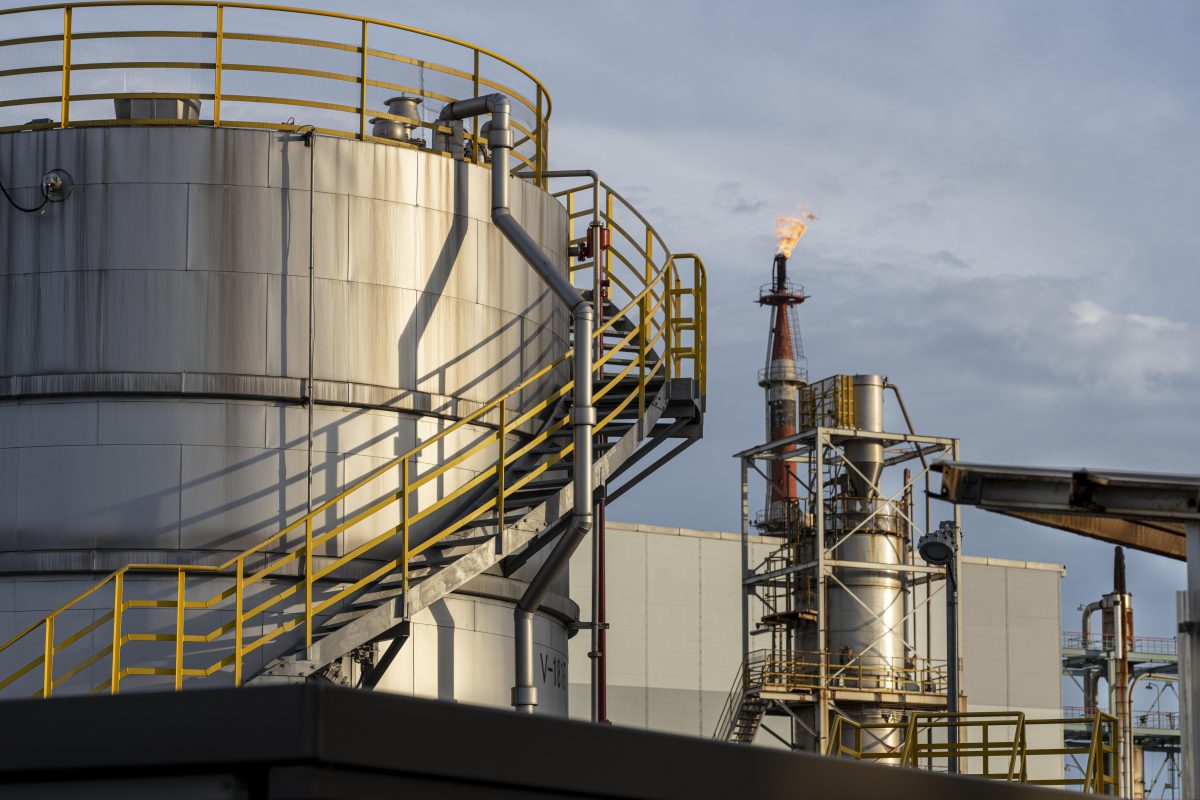Crude oil prices rose for the third consecutive session on Wednesday, driven by China’s plans to boost its economy, potential new U.S. sanctions on Russian oil, and a consistent decline in U.S. crude supplies. These factors, combined with mixed projections from OPEC, are shaping a dynamic and complex energy market.
Key Drivers Behind the Price Surge
- China’s Economic Stimulus
China’s Politburo has pledged aggressive stimulus measures to revitalize its economy. Analysts believe that boosting domestic spending and investment will accelerate the recovery, leading to higher energy demand in one of the world’s largest oil-consuming nations. - U.S. Sanctions on Russian Oil
Reports suggest the Biden administration may impose new sanctions on Russian oil to weaken its war efforts in Ukraine. Such measures could tighten global oil supplies, potentially lifting prices further. - U.S. Crude Supply Decline
Official U.S. data revealed a fall in domestic crude inventories for the third consecutive week, providing additional support for prices. - OPEC’s Demand Growth Forecast Revision
Despite rising prices, OPEC lowered its oil demand growth forecast for 2024 and 2025, citing a challenging growth outlook in China. This marks the fifth consecutive month of demand projection cuts.
Current Market Highlights
- West Texas Intermediate (WTI) Crude: Rose $1.70 (2.5%) to settle at $70.29 a barrel.
- Brent Crude: Climbed $1.33 (1.8%) to $73.52 a barrel.
- Gasoline: Increased by 1.5% to $1.99 per gallon.
- Heating Oil: Rose 1.7% to $2.22 per gallon.
- Natural Gas: Jumped 6.8% to $3.38 per million British thermal units.
While geopolitical tensions and sanctions discussions provide upward pressure on oil prices, OPEC’s cautious demand outlook and global energy surpluses present a nuanced picture of the market’s future.
Published: December 12,2024, Source: MORNINGSTAR



